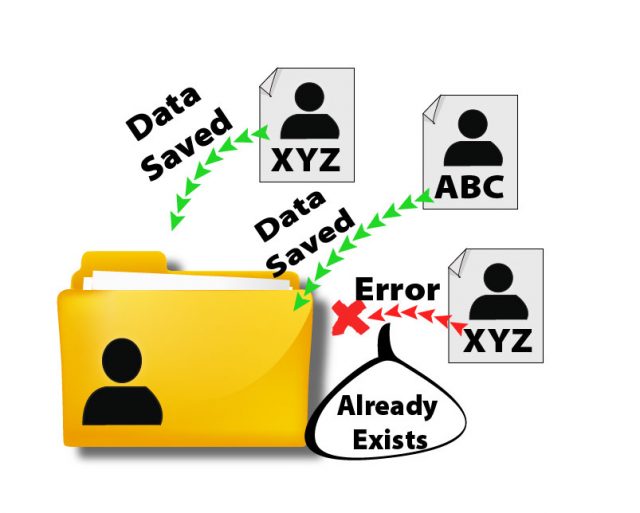Scientific misconduct on the rise

If there is one worrisome fact about science here and now, it is this: the possibility that a huge amount of publications is to be retracted due to falsified or duplicated data. The phenomenon is not new, there have been more than a few reports sounding the alarm on precisely this problem, and there is even a website dedicated exclusively to detect these cases of scientific misconduct (please go check Retraction Watch to see a few examples of what we are referring to), and now a new report on bioRxiv which looked at 960 papers published between 2009 and 2016 in the American Society for Microbiology’s journal Molecular and Cellular Biology. Of all those, they found that around 6% had been “inappropriately duplicated”. But what does that mean, exactly?
Using software to detect image duplication, the researchers found that some images were used either more than once in the same research article or belonged to someone else’s research. Whether these duplications were done as an error while assembling the final figures or was done intentionally it is hard to say, but as the authors of the work say, their intention is to make sure the quality of the science is good not to prosecute or punish. And that is also the reason why of the 59 instances of image duplication reported to the journal, only 5 were retracted, whereas 42 were corrected and 12 produced no change (for reasons such as lab closing down etc).
Starting a new set of papers to scan for duplicated figures or parts of figures. We start off with paper #4. New set, same journal. pic.twitter.com/kFulJhtVSx
— Elisabeth Bik (@MicrobiomDigest) 2 de julio de 2018
And this is not an exclusive finding in the researched journal, the same team had previously analyzed 20000 papers and found that almost 4% of those showed duplicated images. That means that, were the issue to be generalized, quite a number of recent publications would be subject to retraction due to form errors or misconduct. The ultimate problem that such a finding brings is the loss of trust in the scientific process, since new research is based on previously published work, and if trust is lacking no further advance is to be expected.
If I were to speculate on a possible reason for the “sudden” growth of errors/misconduct in scientific publication would be the hypercompetitive climate of this capitalistic science era, where the motto “publish or perish” came to be, and which, if nothing changes, might actually mean the end of science as we knew it.
1 comment
[…] If you want to read more, go check the whole article at Mappingignorance.org […]